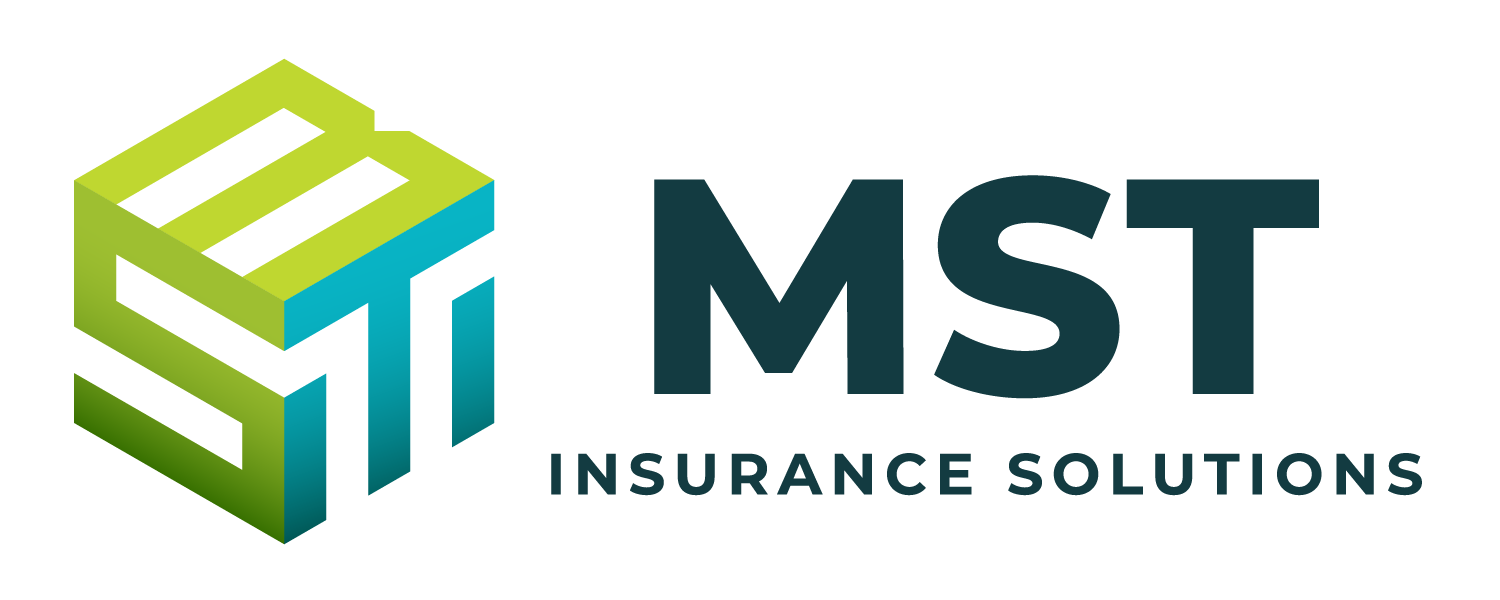Since the beginning of the COVID-19 pandemic, government policy has been marked by controversy and confusion, and the ending of the two federal emergency declarations has its own share of chaos.
The two main declarations are the public health emergency (PHE) and the COVID-19 national emergency (NE). In January, the Biden Administration said the two emergency periods would end on May 11, however, Congress stepped in and passed a bill ending the NE immediately. President Biden, probably not wanting to further the partisan wrangling over COVID, signed the bill into law on April 11. Most of the policies that were different under the PHE and NE have 60 days to be phased out.
This appeared to mean that there are two sets of deadlines for ending policies, a development that could cause some confusion. However, according to Brian Johnston of Jackson Lewis, federal agencies have said they would stick to the July 10 deadline, rather than the June 9 deadline that the earlier ending of the NE would’ve suggested.
COBRA deadlines going back to previous limits
Regardless of the exact end point for the PHE and the NE, a significant change will be the reinstatement of previous COBRA deadlines for employer-sponsored health benefits. During the emergencies, plan participants had one year to elect COBRA coverage, pay COBRA premiums, and file other events, claims, or appeals.
“Going back to 2020, when COVID first began, the agencies determined that health plan sponsors needed to afford individuals more time to comply with various deadlines, whether it be COBRA, or whether it was a submission of an appeal for a denied claim… Because people were out of work, because people were unable to respond in a timely way, they gave relief for the deadlines,” says Johnston. He notes that health plan sponsors have had the help of carriers and third-party vendors in complying with the changes in deadlines.
“For the most part, employers haven’t worried about it too much because they’ve had other people assisting them,” he says. “This just resets the clock back to the deadlines that have existed for a long time.”
Some workers will lose Medicaid coverage
Another change that will come with the ending of the emergency periods is a reset of Medicaid eligibility rules. The emergency rules allowed changes to specific state eligibility rules, expanding the number of people on Medicaid and not allowing enrollees to be dropped from coverage under former state guidelines of eligibility.
With the ending of the PHE and NE, state-specific rules will come back into play and many currently on Medicaid will no longer be eligible (for instance if they now have income over the Medicaid limits). Some of those workers will, however, now be eligible for either employer-sponsored plans or coverage under Affordable Care Act (ACA) marketplace plans.
“A lot of people don’t think of the employer plans when they think of Medicaid enrollees, but some of these people will qualify for employer-sponsored coverage,” says Marcy Buckner, senior vice president of government affairs with the National Association of Benefits and Insurance Professionals. “Most of them will probably go onto the exchanges and possibly qualify for subsidies, but there will be a large segment who will qualify for employer plans, so we’re talking to our agents about making sure that they’re educating employers about this.”
The changes could affect a lot of workers: an estimated 18 million Americans could lose Medicaid coverage in the months after the end of the emergency periods.
Treatment may be subject to cost-sharing
Although the vaccines for COVID-19 will continue to be considered preventive treatment and so will not be subject to co-pays, cost-sharing may increase for COVID treatments and testing. The various federal COVID initiatives provided funding for such costs, but they will now be paid for by insurers, who are likely to pass some costs on to consumers.
The emergency periods also expanded access to telehealth for Americans on employer-based plans, and that will continue in many cases, says Jay Kirschbaum, director and senior vice presidents of benefits compliance with World Insurance Associates. He notes that Congress has extended waiving HSA rules that could reduce telehealth access for employees with a high-deductible health plan (HDHP). “Congress said, ‘we’re not going to penalize HDHP enrollees just because they get telehealth at free or reduced costs.’ So, Congress fixed that, but only through 2025—we’ll see if that’s changed permanently.”
In another interesting twist, some employers were offering free telehealth services during the emergencies, even to employees who did not have health plan coverage. According to Kirschbaum it was a relatively inexpensive way to provide some services to employees, primarily part-time workers. These telehealth services will probably be phased out as compliance practices become more normalized, he adds.
Communication with enrollees
Even though the changes at the end of the emergency periods may fly under the radar for most employees and only affect certain groups of enrollees, the industry experts said communicating the changes is important
Related: What the end of the COVID public health emergency means for employers
Johnston notes that some employers may have done more than others to inform enrollees about health plan changes to things such as COBRA deadlines. “We advised our clients that it was a good idea to provide information… but it wasn’t federally mandated,” he says. “So, if someone sent a communication about those things, they definitely need to clarify it.”
Buckner says there might not be a lot of changes to official plan documents, “But I think if you’re being a good steward to employees or clients, then making them aware of these changes is always a good step,” she says. And there may be more changes to discuss, she adds. “I would not be surprised to see continued guidance, just as the business community is putting these changes in place and seeing what the real-life applications are.”
Source: As COVID emergencies wind down, brokers and employers are adjusting to changing rules

